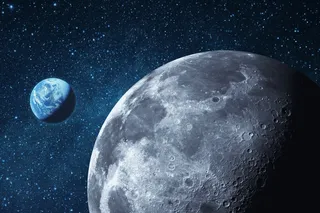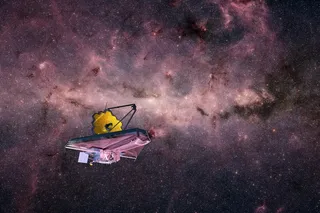The world is not magic. At least, that is, the actual real world around us. That's the great insight we've achieved over the course of centuries of scientific investigation into the universe. It all follows rules; everything has an explanation (which is not the same as everything having a reason). So I was struck by this blog post by screenwriter John August. He talks about the movie Groundhog Day, in which Bill Murray's weatherman character is stuck in a time loop of unspecified duration. For a film that seemed fairly inconsequential at the time, it's really a great starting point for all sorts of conversations -- I use it in my book to talk a bit about time-travel paradoxes. (Did I mention I'm writing a book?) But August uses it to illustrate the cinematic usefulness of unexplained magic. Even in a fictional universe, you don't want it to be completely ...
Another Reason Scientists Don't Always Make Great Storytellers
Explore how the Groundhog Day movie uses magic to discuss time loop paradoxes and the journey of Bill Murray's character.
More on Discover
Stay Curious
SubscribeTo The Magazine
Save up to 40% off the cover price when you subscribe to Discover magazine.
Subscribe












